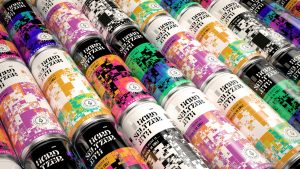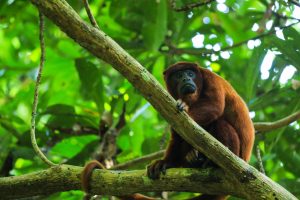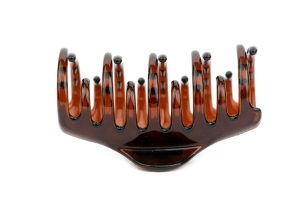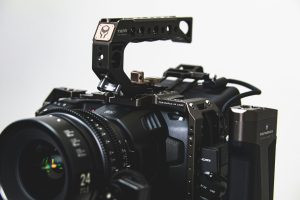Farm-to-Closet: Hemp and Algae Fabrics Dominating 2025
Fashion has always been an ever-changing industry, constantly adapting to new materials and trends. As consumers become more aware of the environmental impact of the fashion industry, sustainable fabrics have gained popularity. According to a study by Grand View Research, the global sustainable fabrics market size is expected to reach USD 56.9 billion by 2025. In this market, two materials have caught the attention of both consumers and producers alike – Hemp and Algae. With their unique properties and eco-friendly production processes, these farm-to-closet fabrics are set to dominate the fashion industry by 2025.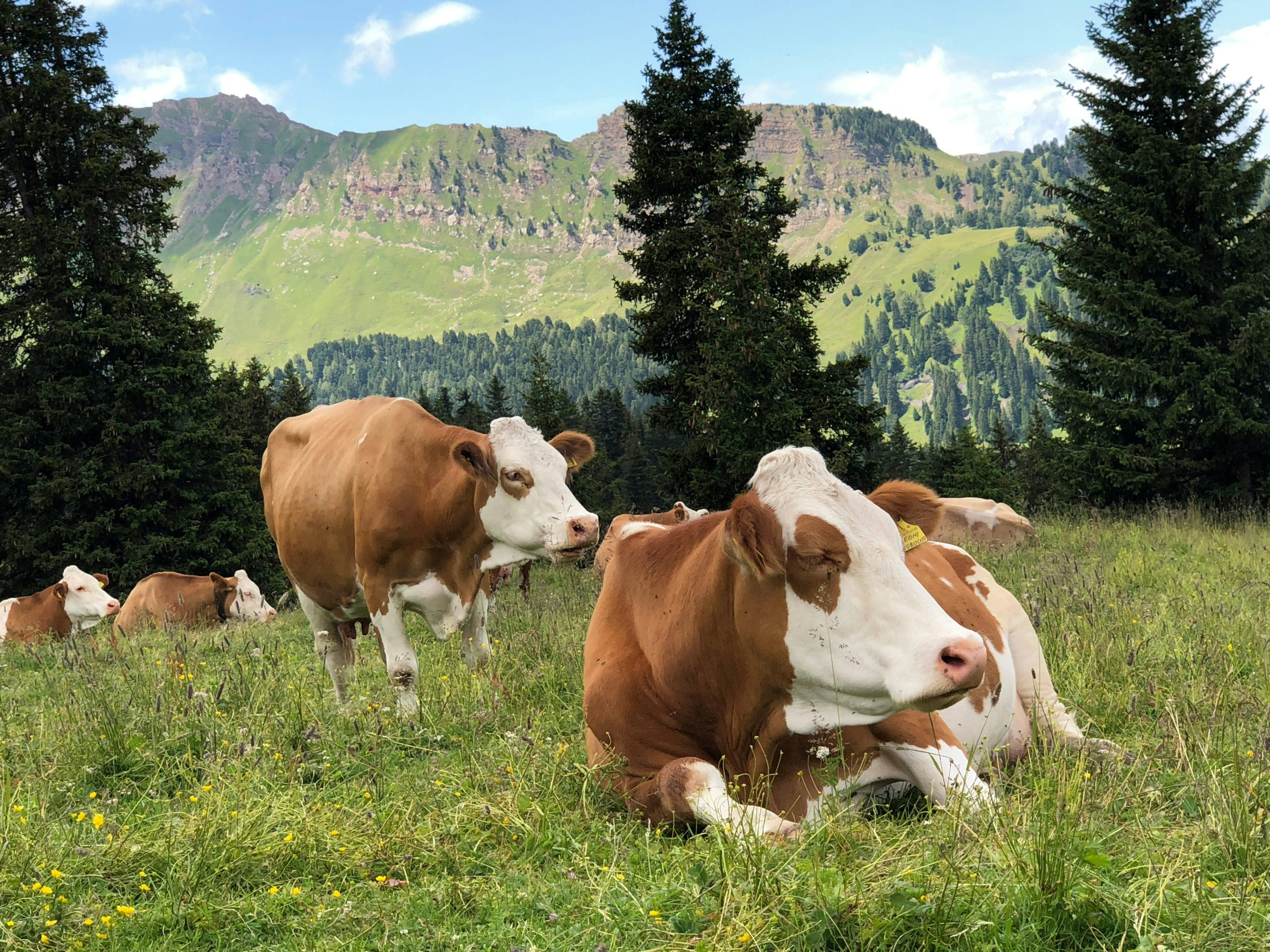
Hemp: A Versatile and Eco-Friendly Fabric
Hemp, a strain of the Cannabis Sativa plant, has been used for centuries for its versatility and durability. In recent years, it has gained popularity in the fashion industry thanks to its sustainable properties and low environmental impact. Unlike cotton, hemp requires significantly less water, pesticides, and herbicides to grow. It also has a high yield per acre, making it a more efficient and cost-effective crop for farmers. These factors make hemp a more environmentally friendly choice for clothing production.
Strong and Breathable: The Winning Combination
One of the most desirable properties of hemp fabric is its strength. It is known to be three times stronger than cotton, making it ideal for durable and long-lasting garments. Its strength also allows for yarn and fabrics to be produced without the use of chemical treatments, further reducing its environmental impact. Despite its durability, hemp fabric is also highly breathable, making it an excellent choice for warm weather clothing.
From Streetwear to High Fashion – Hemp is Taking Over
While hemp fabrics were once associated with hippie clothing and burlap sacks, they have now made their way into mainstream fashion. Sustainable fashion brands like Patagonia and Reformation have incorporated hemp into their collections to cater to the growing demand for eco-friendly fabrics. Even luxury fashion brands like Calvin Klein and Ralph Lauren have started incorporating hemp into their designs, proving that hemp is a versatile fabric suitable for all fashion styles.
Algae: The Revolutionary Fabric for a Sustainable Future
Algae, a photosynthetic organism, has recently emerged as a promising eco-friendly fabric. Growing algae requires minimal resources, such as water and land, making it a highly sustainable crop. During its growth process, algae also absorbs carbon dioxide, making it an environmentally friendly alternative to other fabrics.
Not Just for Activewear – Algae Takes the Spotlight in High Fashion
Algae-based fabrics have already been used in activewear, particularly in the production of sneakers. However, with advancements in technology, algae-based fabrics can now be used to create luxurious textiles suitable for high fashion. Algae can be turned into a fiber that is soft, stretchy, and comfortable, making it an ideal choice for a variety of clothing pieces. This fabric is also biodegradable, making it an even more sustainable choice for fashion.
Innovative Processes: Algae Production Methods
One of the most innovative processes for producing algae-based fabrics is through a technique called “biocycling.” This process involves growing the algae in wastewater, transforming it into fiber, and then purifying the water for reuse. This revolutionary technique not only produces sustainable fabrics but also helps in tackling water pollution, another pressing environmental issue.
The Sustainability Evolution of Farm-to-Closet Fabrics
The rise of hemp and algae-based fabrics in the fashion industry is a step towards a more eco-friendly future. Aside from their environmentally friendly properties, these materials also bring economic opportunities for farmers and manufacturers. With sustainable fashion becoming more important to consumers, it is no surprise that manufacturers are turning towards these farm-to-closet fabrics to meet the demands of the market.
Fashion Forward: Consumer Demand for Sustainable Clothing
According to a survey conducted by McKinsey & Company, 75% of millennials consider eco-friendliness when making a purchase, with a preference for sustainable fashion brands. This demand for sustainable clothing is not limited to millennials, and it is expected to continue to grow as consumers become more aware of the impact of the fashion industry on the environment.
Pioneering a Greener Future for the Fashion Industry
As we move towards a more sustainable future, it is crucial for the fashion industry to prioritize ethical and eco-friendly practices. Hemp and algae-based fabrics are just the beginning of a revolution towards greener fashion. With more research and innovation, we can expect to see a wider variety of sustainable materials making their way from farm-to-closet in the near future.
In Conclusion
Hemp and algae have proven to be sustainable and versatile fabrics that are gaining popularity in the fashion industry. With their minimal environmental impact, durability, and innovative production processes, they are set to dominate the market by 2025. As consumers continue to demand sustainable fashion, it is up to the fashion industry to embrace these eco-friendly materials and pioneer a greener future for fashion. The farm-to-closet evolution is here, and it is here to stay.





